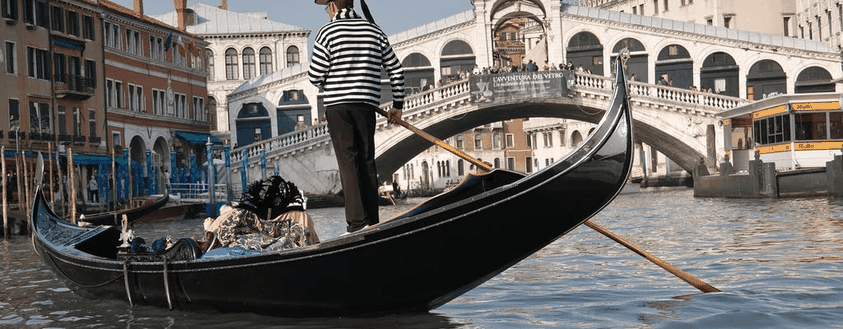
The island once called Amuranium grew prestigious enough to be considered one of the islands of Venice, but enjoyed a certain independence from Signoria.
That privilege was granted in the virtues of the furnaces that were installed there and, consequently, to the economic importance that Murano began to play in the social fabric of the Serenissima. With the dogale edict promulgated by the Doge Tiepolo in 1291, the island of Murano was declared genuine industrial area and soon became the capital of glass production worldwide.
The affinity between Venice and Murano is curiously also witnessed by the morphology of the two “cities”, presenting the same campi, calli, rii and even the Grand Canal that passes through.



